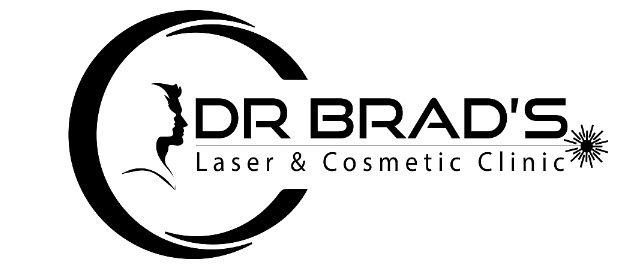**Understanding Ear Wax: Your Ears’ Natural Guardian**
Ear wax, also known as **cerumen**, is often misunderstood and, at times, seen as a nuisance. However, this natural substance plays a significant role in maintaining **ear health** and protecting our ears from a variety of potential hazards. Understanding the functions of ear wax can help you appreciate its importance and manage any concerns you may have about excess build-up or removal.
**What is Ear Wax?**
Ear wax is a mixture of secretions from sebaceous glands and ceruminous glands in the outer ear canal, coupled with dead skin cells, hair, and dust particles. It’s generally yellowish or brown in colour, and its consistency can vary from person to person. While most of us are familiar with ear wax, not everyone knows that it is an essential component of our auditory system.
**Natural Protection Against Foreign Invaders**
One of the primary functions of ear wax is its ability to act as a barrier against foreign objects, bacteria, and fungi. By retaining moisture in the ear canal, it not only prevents dryness but also reduces the risk of infections. The slightly acidic nature of ear wax discourages bacterial growth, which is key in maintaining **ear health**. For instance, when patients come to me with recurring ear infections, I often inform them that a healthy amount of ear wax could potentially have helped ward off these issues.
**Trapping Dirt and Debris**
Ear wax plays a role akin to a natural vacuum cleaner. As we move our jaws—while talking or chewing—ear wax gradually migrates from the inner ear outwards. This movement helps transport any trapped dirt, dust, and other particles towards the entrance of the ear canal, where it can be easily removed during routine cleaning. Anecdotally, I recall a patient who had been using cotton buds to clean their ears, believing they were being diligent. However, this habit often pushes ear wax deeper into the ear canal, leading to blockages. Their experience reinforces the wisdom of allowing ear wax to do its job naturally.
**Why Too Much is Not a Good Thing**
While ear wax is beneficial, too much of it can lead to issues like blockages and potential hearing problems. The symptoms of excessive wax include muffled hearing, earache, and even a feeling of fullness in the ear. For some people, this situation can become uncomfortable or even painful. If you find yourself in a position where you’re struggling with complications related to ear wax accumulation, it’s crucial to consult a professional who can provide assistance.
When seeking help, opting for **microsuction** is the recommended route. This method is safe, effective, and typically less invasive than other alternatives. As a trained GP and ear wax removal expert, I always advocate for this technique. It allows for a clear view of the ear canal, ensuring precise removal without the risk of damaging the ear drum or ear canal wall, a risk often associated with other removal methods.
If you are in need of professional care, I invite you to consider
wax removal Bristol where you can receive expertly tailored services to meet your specific needs.
**When is Ear Wax Removal Necessary?**
It’s not unusual for people to be unsure about when ear wax removal is necessary. The key indicators include difficulty hearing, discomfort, or noticeable build-up of wax that you can see. It’s critical, however, to resist the temptation to use cotton buds or ear candles. These approaches can often worsen the problem by pushing wax deeper or causing trauma to the ear canal. When addressing the issue, a professional’s touch is vital. This is where I come into play, providing a service that focuses on comfort, effectiveness, and safety.
**Personal Experiences and Testimonials**
Many of my patients arrive feeling anxious about the ear wax removal process, primarily due to misconceptions or previous negative experiences. I recall one instance when a patient was apprehensive because they had heard horror stories about ear procedures. After successfully performing microsuction, the relief on their face was priceless. They remarked how straightforward and painless the experience was, completely transforming their perspective on ear care. This shift is often common among those who choose to rely on professional care.
**Maintaining Healthy Ears**
To maintain healthy ears, it's essential to adopt safe practices. Regular check-ups can help keep an eye on **ear wax levels**, and if you're someone who tends to produce excess ear wax, booking regular appointments can be extremely beneficial. Remember, prevention is key! While ear wax serves a protective function, taking proactive steps to ensure its optimal balance is crucial.
Always consult a medical expert if you have concerns about your ear health rather than trying DIY methods. Ears are delicate, and neglecting proper care can lead to complications down the line.
This article does not constitute medical advice. Please book with Dr Brad for a consultation.
